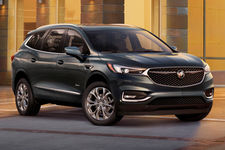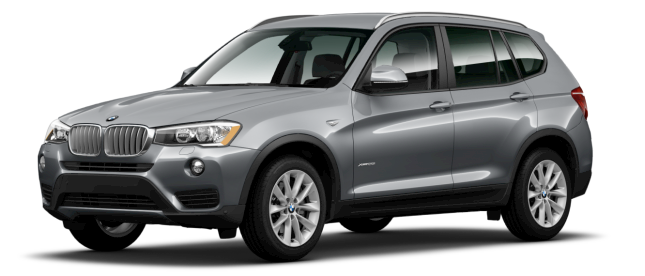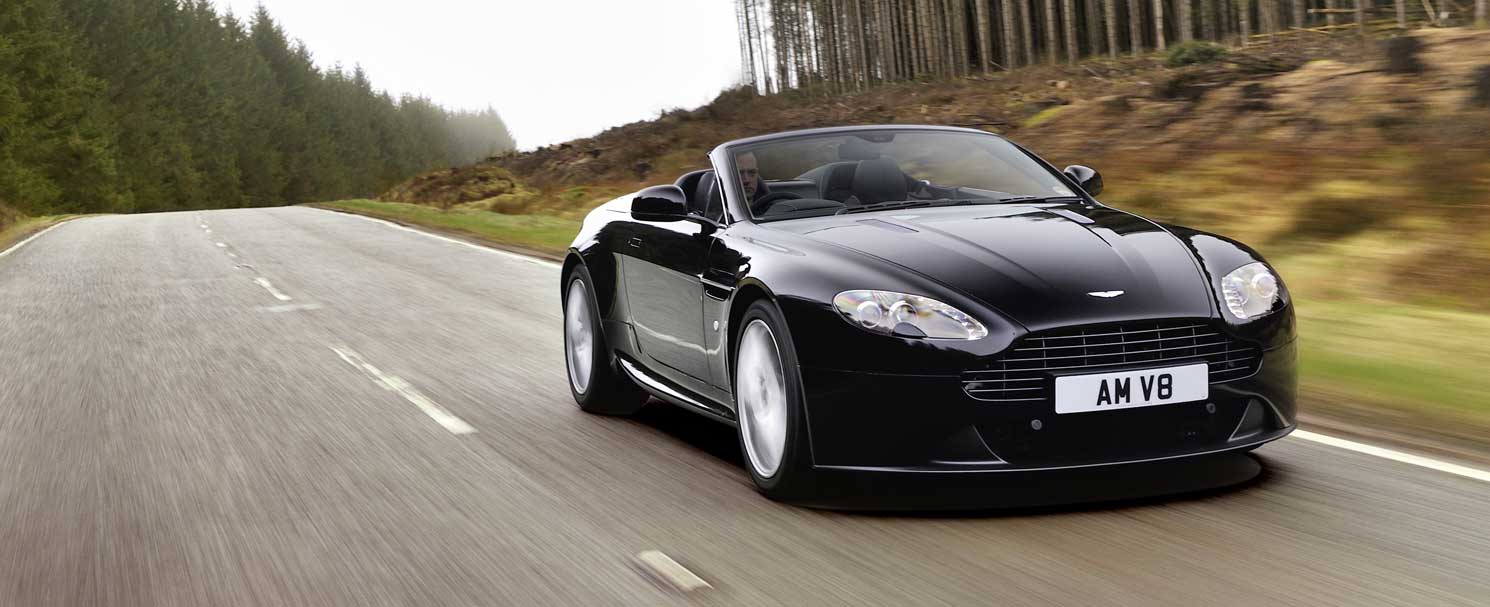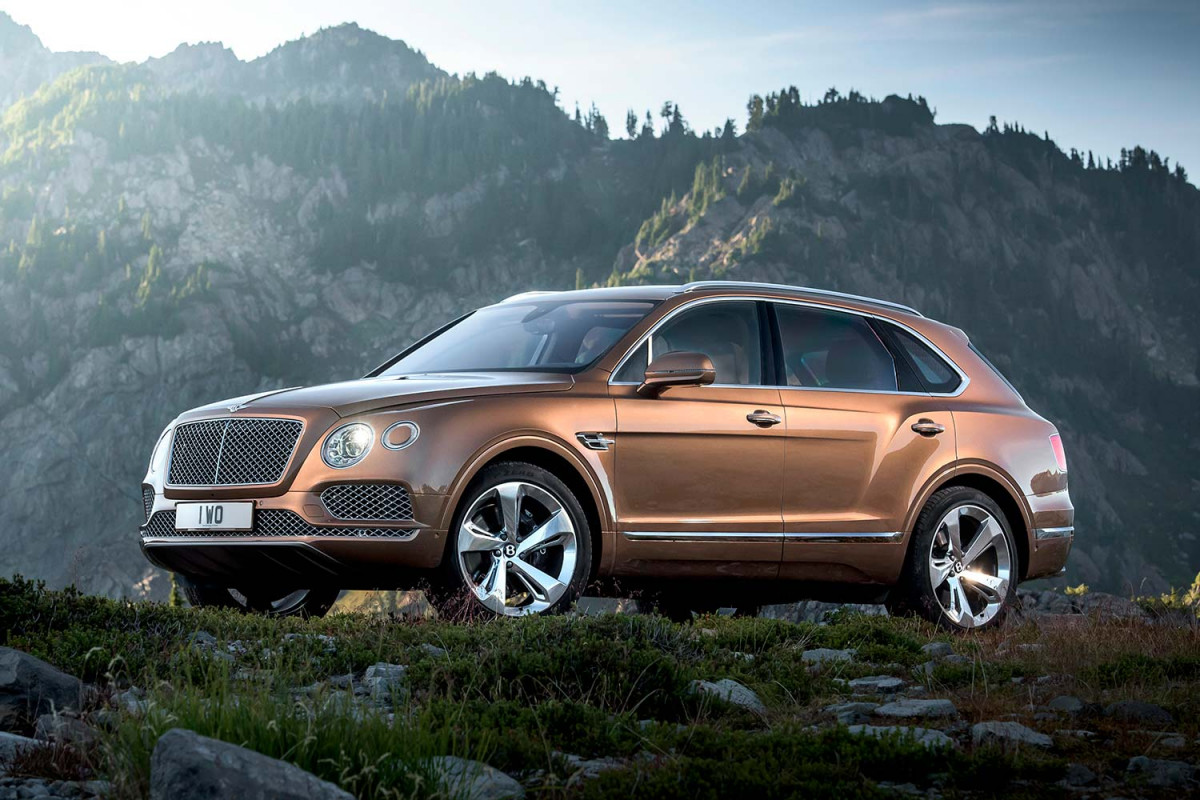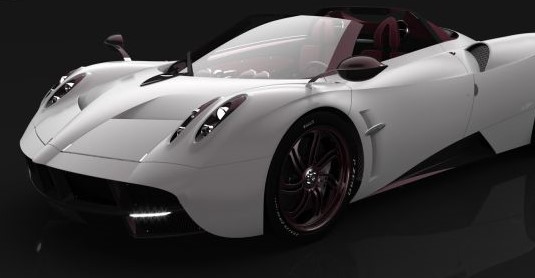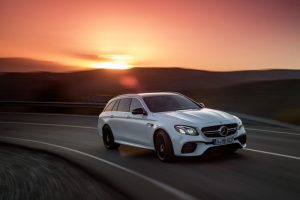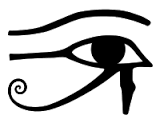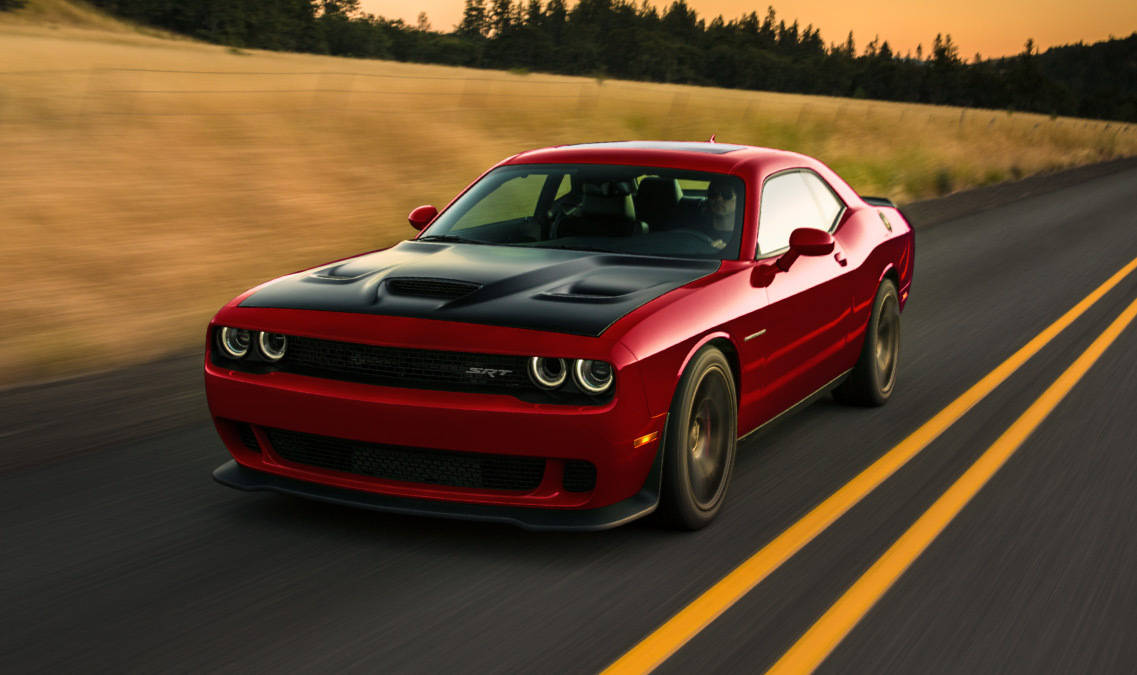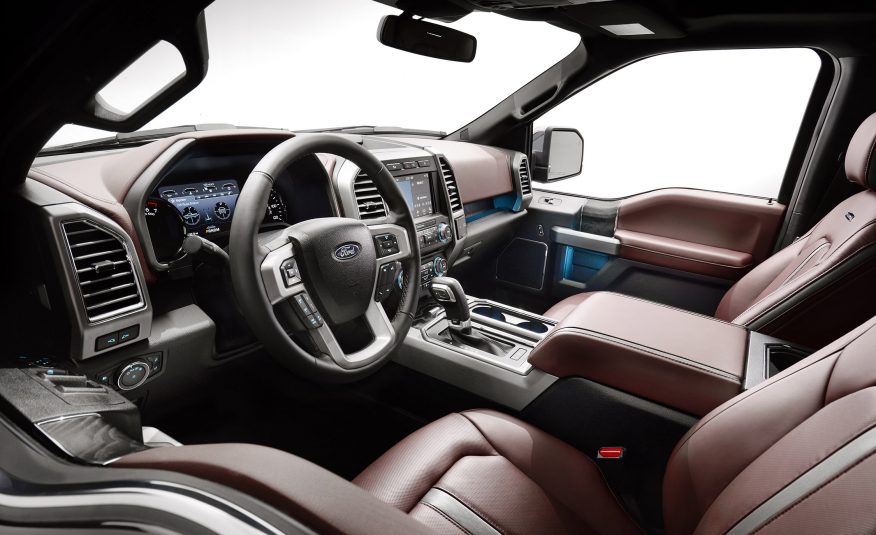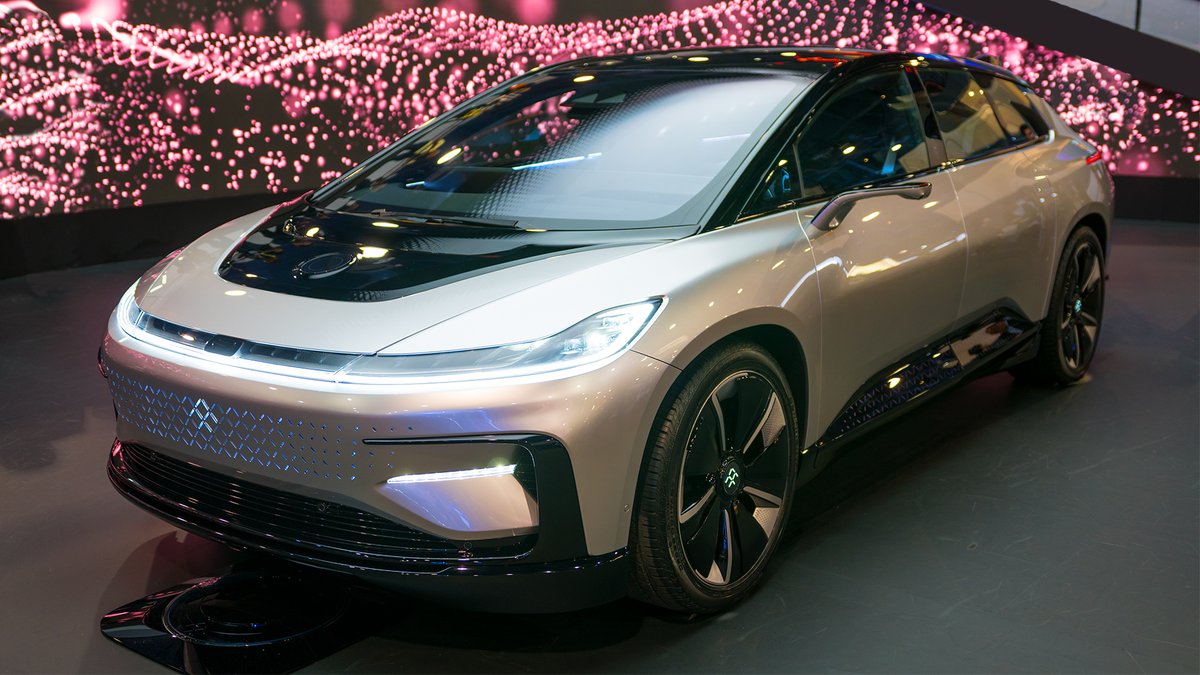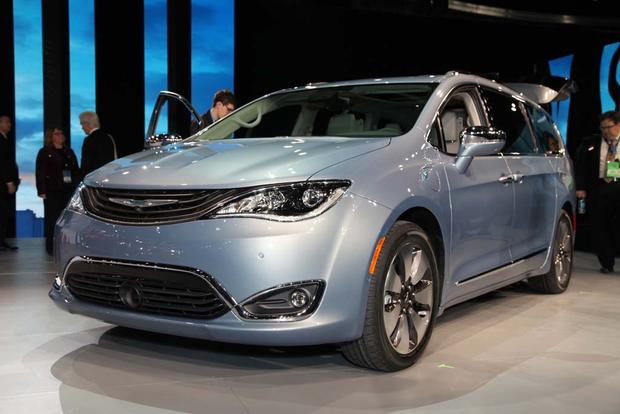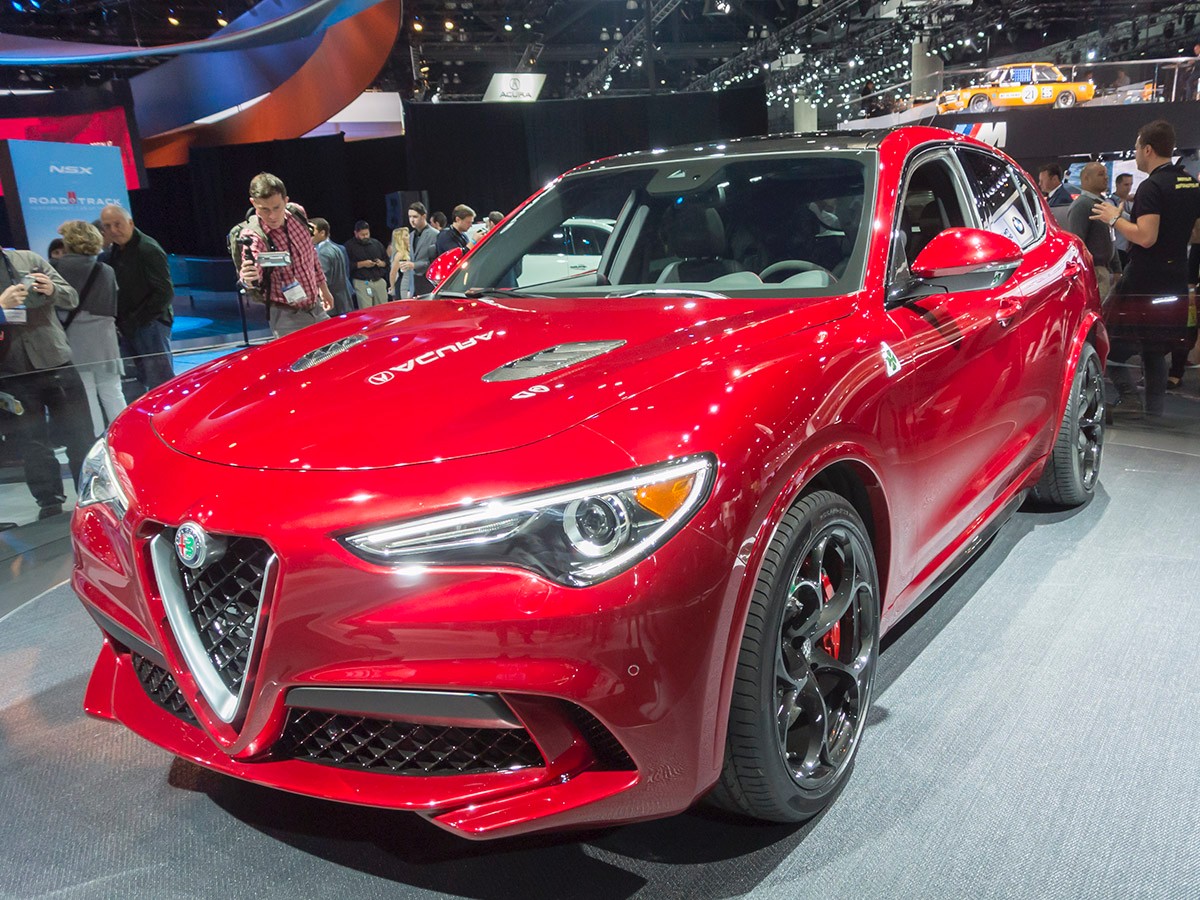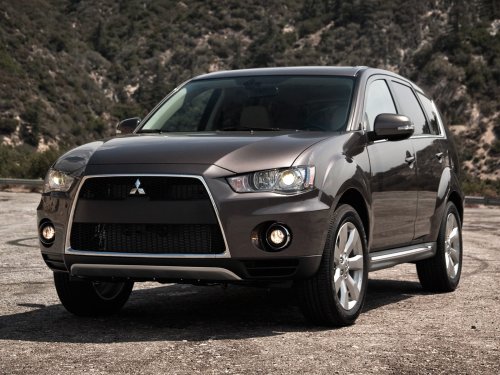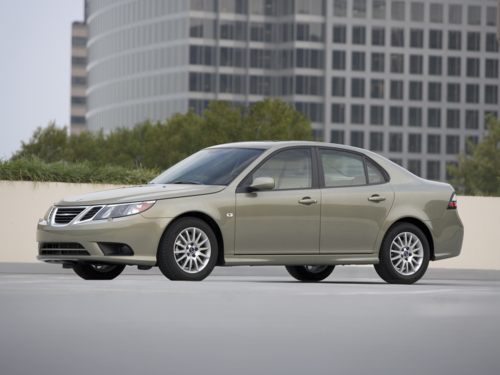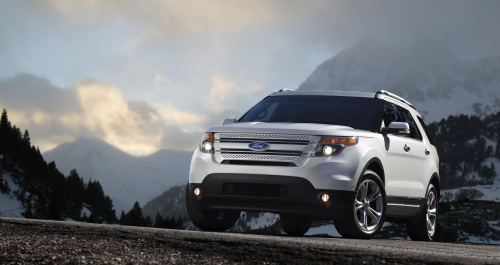-
2018 Buick Enclave “Avenir” will have ionic air purifier - April 12, 2017
-
Lease a Luxury Car for Less Than You Think - April 5, 2017
-
Shopping for a Car When Your Credit is Low - March 31, 2017
-
Aston Martin Closer to Unveiling Second-Generation Vantage - March 21, 2017
-
2017 Bentley Bentayga SUV: Offroad for $238,000 and Up - March 14, 2017
-
Pagani Huayra is Finally Here, Only $2.4M - March 9, 2017
-
Mercedes AMG E63 – For When Your Wagon Needs Drift - February 6, 2017
-
2018 Audi Q5 SUV: Enhanced Performance - January 30, 2017
-
2018 Toyota Camry Due in Late Summer - January 27, 2017
-
2018 Dodge Challenger SRT Demon Will Outstrip Hellcat - January 23, 2017
Cash Rebates Can Help Pay Off Current Upside-Down Car Loan
When car shoppers wanted to trade in a car that was under-water or upside-down, meaning you owe more on your auto loan than the car is currently worth, they used to be able to roll the negative equity over into the new car loan and just finance a larger amount. Auto lenders are leery about letting consumers do that nowadays.
So now there are a lot of consumers who are stuck with vehicles they can’t afford any more or just simply don’t want.
One solution to being upside-down on your current auto loan is to use a cash rebate being offered by the manufacturer to pay off your trade-in vehicle.
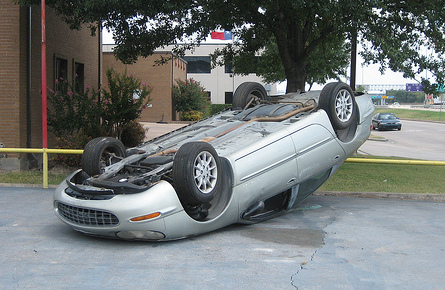
Althought this picture shows an actual upside-down car, being upside-down on your auto loan doesn’t mean you’re stuck with the car until it’s paid-off.
Bankrate.com says that automakers offer rebates as a common escape hatch for upside-down buyers. Instead of putting the cash rebate directly toward the new vehicle, buyers can use it toward paying off the loan on their trade-in car.
“The manufacturer offers rebates to cover people who are upside-down,” says George O’Sullivan, e-commerce director at Thoroughbred Ford in Kansas City, Mo.
Here’s how it works. Say someone is $4,000 upside-down on their current auto loan, meaning the difference between the balance they owe on the car and what the car is currently worth is $4,000. The customer wants to buy a used car for $20,000. There wouldn’t be any cash rebates on that car because it’s used.
So the dealer would add the $4,000 from the upside-down trade-in vehicle to the $20,000 used car and the amount financed would be $24,000.
“This would be a 120% carry,” O’Sullivan explains. “The bank has to agree to loan you 120% of the value of the vehicle just for you to get qualified.”
Here’s the scenario if the customer wanted to get a new car. Let’s say the new car has an MSRP of $22,000 and an invoice price of $20,000. This model has a $4,000 cash rebate. The customer has the same trade-in vehicle that is currently upside-down by $4,000.
“This would be a 100% carry,” O’Sullivan says. “The rebate would cover the amount that the customer is upside-down on the trade.”
If the customer has no trade-in car and wanted to buy the same new car at $20,000, he or she would pay $16,000 because of the $4,000 rebate.
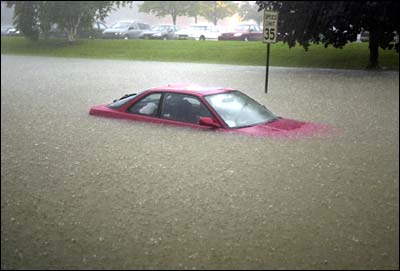
“Cash rebates are especially helpful when the model year is over and the dealer is trying to get rid of old inventory,” O’Sullivan says. “When the new car comes out, the new model will have less incentives and the old model will have the bigger rebate.”
O’Sullivan says the rumor that you can’t trade-in a car you still owe money on or are upside-down on is not true.
“Dealerships will always let you trade-in a car you owe money on if they can find a bank to do the deal,” he says. “If buyers are upside-down, it depends on how far upside-down they are. It’s easier to get approved for a car loan if they are upside down only $1,000 or $2,000 versus being upside down $5,000 to $10,000.”
If a consumer is stuck with a car loan that is really under-water, they do have some options.
“If the buyer is upside-down that much, they should have more cash to put down and look for the really big rebates. To get the bank to carry over the balance on the old auto loan, it also depends on their credit score. If they have an 800+ score, nobody cares and they can still get approved. The more you try to carry over, the higher the interest rate will be.”
So if you’re currently upside-down on your car loan and want to use it as a trade-in on a new or used car purchase, you do have some options. Shop around, see where your credit is at and look for the big rebates. A big rebate can be used to cover your upside-down auto loan, so you may find that a new car with a big rebate will be a better deal for you than buying a used car with no cash rebate.
Copyright © 2009 AutoLoanDaily.com. All rights reserved. This material may not be published, rewritten or redistributed without permission.
Top image via flickr.com. Bottom image via timeinc.net.
